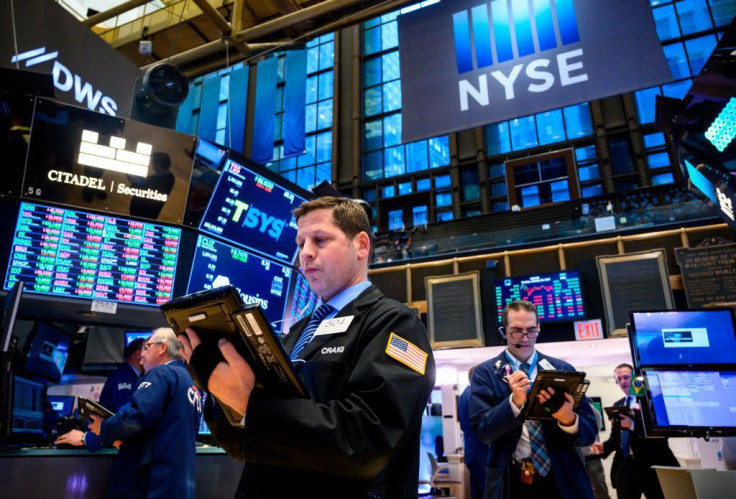Stock Market Rally Doesn’t Make Sense, Analyst Says ‘Pullback’ Could Happen

Unwarranted optimism seems to be the order of the day at Wall Street after the baffling rally on Tuesday that erupted despite the dearth of any real positive news from the political front.
Analysts agree Tuesday’s rally that brought the Dow Jones Industrial Average to 3 percent of a new record wasn’t backed by any fundamentals. The S&P 500 on Tuesday was just 2 percent shy of a new high.
“This rally is not fundamentally backed. Instead what we are seeing is a bunch of people getting swung around and now they are chasing stocks higher,” said Tom Essaye, founder of Sevens Report Research, a stock market analysis firm based in Florida.
Analysts say the baffling Wall Street rally seems to have been driven by outlandish assumptions of an impending resolution to Trump’s trade war against China despite the lack of clear evidence bolstering this belief.
President Donald Trump’s threat demanding president Xi Jinping meet with him at the end of the month to sign a deal mitigating the trade war also seems not to have had a dampening effect on undue investor optimism.
“Our dispute with China is perhaps still the single largest cloud over the market,” said Mike Loewengart, chief investment officer at E-Trade Capital, noted CNBC. “The issue is not going away.”
Loewengart also said the prevailing sentiment seems to be that China might be facing stiffer challenges when it comes to supporting its economy than the U.S. would be, hence the optimism.
Another baffling assumption driving markets higher is the perception a weakening U.S. economy will compel the U.S. Federal Reserve to slash interest rates soon. It’s been pointed out that if the Fed donn't cuts interest rates three times between June and January 2020, the economy is likely headed for a recession and the Fed isn’t going to go down that road.
Data pointing to weaker U.S. economic growth such as job growth in May plunging by more than half is also being dismissed by investors.
“It’s actually perverse that we see a moderating of economic data is translating into a stronger market environment,” said Loewengart. “A lot of optimism these days is due to the hope that the Fed will cut rate. That anticipation is being fed by the moderation of economic data.”
On the other hand, the bond market continues to flash warnings a recession might be on the horizon. Yield on the 10-year Treasury note has now fallen below that of the 3-month bill, inverting part of the closely-watched yield curve. An inverted yield curve has been a reliable recession signal watched by the Fed.
Another warning signal of an impending pullback: the CBOE Volatility Index (VIX), or The Fear Gauge, has remained relatively high and on Tuesday stood at 16 points. VIX gauges investor sentiment.
CNBC’s Jim Cramer said the stock market charts "suggest we are due for a bit of a pullback." The charts were interpreted by Mark Sebastian, the "guru of volatility," who is COO of Option Pit Mentoring and Consulting, a Chicago-based option education firm.
Sebastian doesn’t expect the market to plunge as dramatically as it did in January 2018 but there are reasons to remain cautious.
“The Volatility Index refusing to go much lower is a problem,” said Cramer. “It means you need to be careful when you see the averages rallying like (they did) this morning, because those gains could be rolled back.”
© Copyright IBTimes 2025. All rights reserved.




















